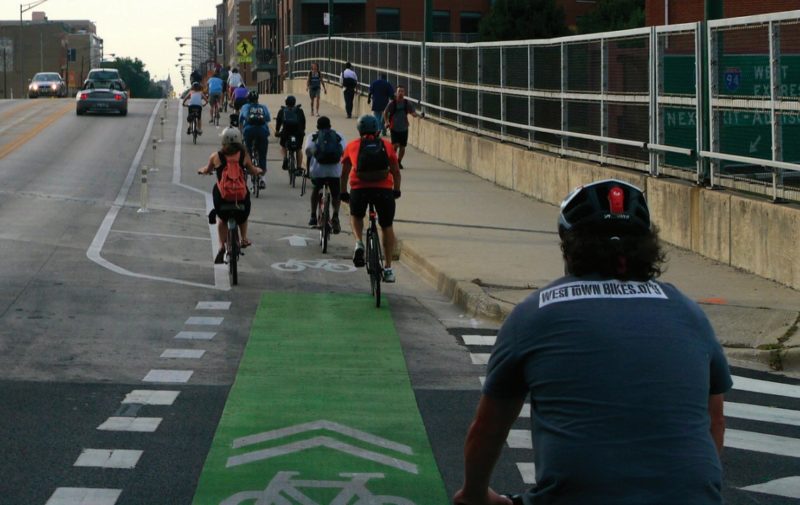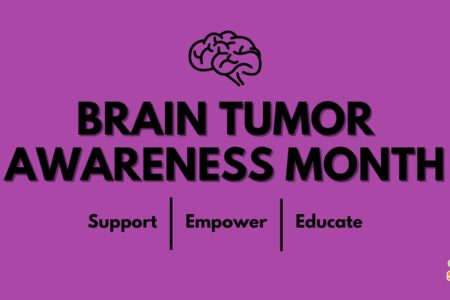
Share On Social!
The League of American Bicyclists recognizes that women, youth and people of color are underrepresented in many bike advocacy efforts; therefore, in 2013, they established the Equity Initiative to engage leaders from traditionally underrepresented groups.
The Equity of Access to Bicycle Infrastructure: GIS Methods for Investigating the Equity of Access to Bike Infrastructure (1) explores a case study evaluation of bicycle infrastructure access in Chicago; (2) details the methodology of the construction of a Bicycle Equity Index (BEI), the mapping of the BEI to identify disadvantaged communities, and the mapping and analysis of bicycle facilities to identify access deprived areas; and (3) provides a tutorial regarding the methods previously described.
This case study found that 56% of Chicago’s Latino population are underserved by the bicycle network, compared to 50% of the total population. When populations are underserved by access to physical activity opportunities, they are less physically active, more obese, and have more negative health outcomes. In order to address these health disparities, it is important to determine and reduce inequalities in the built environment, specifically lack of access to biking and walking infrastructure.
Access more reports and resources regarding equity of access to bicycle infrastructure.
Explore More:
Healthy Families & SchoolsBy The Numbers
142
Percent
Expected rise in Latino cancer cases in coming years



